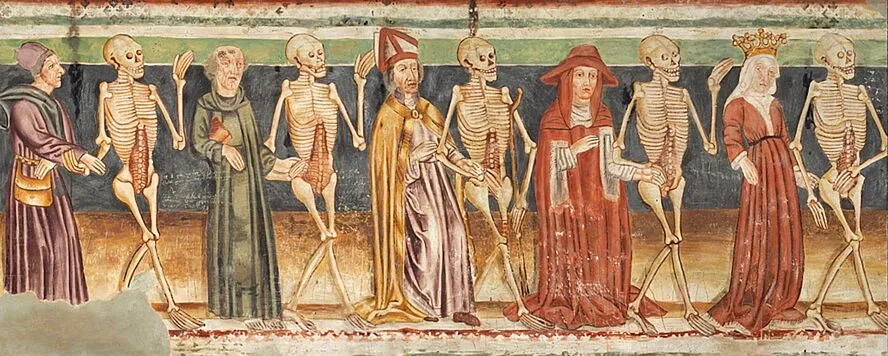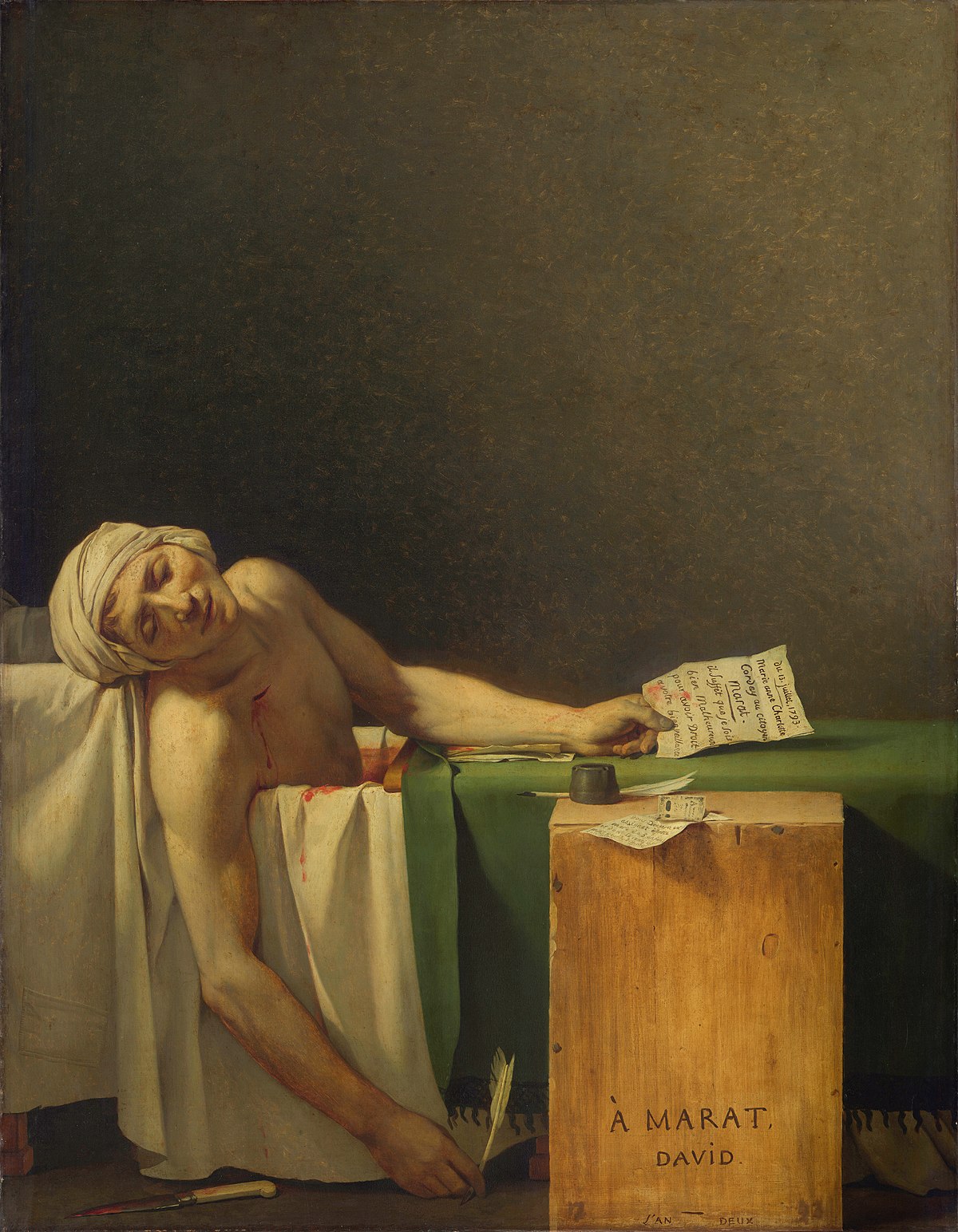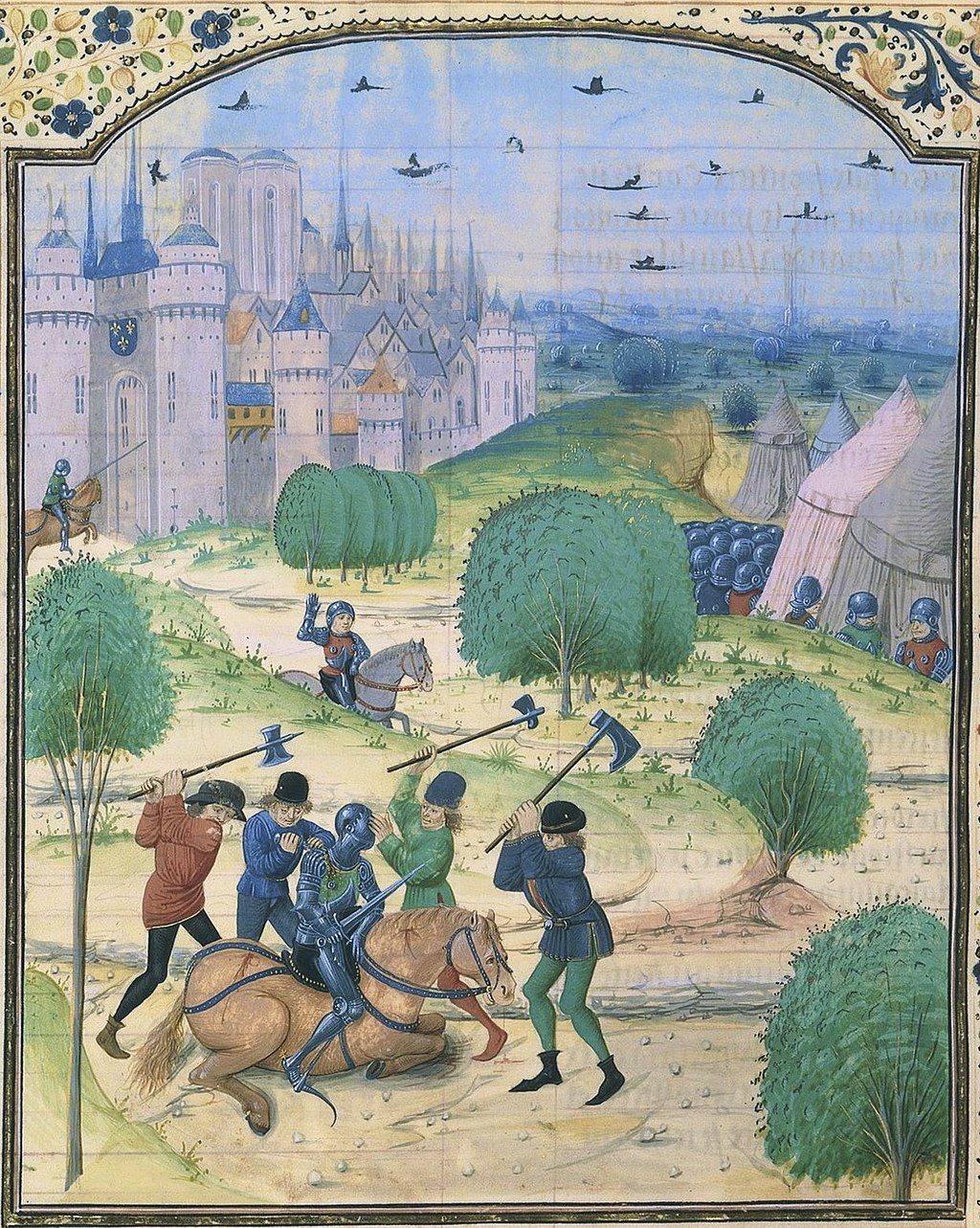 Image courtesy of Medievalists.net
Image courtesy of Medievalists.net
French history, with its myriad revolutions, wars, and inveterately turbulent politics, is rich with dramatic, and at times, particularly gruesome events. From blood-soaked battles to public executions, the darker side of France’s past offers plenty of spine-chilling stories. With Halloween around the corner, why not take a look at some of the most gory and macabre facts from French history. If, like me, you grew up reading the “Horrible History,” series, many of these facts may come as no surprise to you but keep the spoilers to yourselves.
1. The Reign of Terror: The Guillotine’s Bloody Harvest
During the French Revolution (1793-1794), the Reign of Terror saw thousands of people, including aristocrats and political dissidents, executed by guillotine. This period was marked by mass paranoia, and anyone suspected of being "anti-revolutionary" was at risk. Over 16,000 people were officially guillotined across France, though the true number could be much higher. The square at Place de la Concorde (then called Place de la Révolution) was a literal killing ground, drenched in blood. Heads of famous figures like Marie Antoinette and Maximilien Robespierre rolled under the cold steel of the guillotine, a symbol of justice and terror.
2. The Massacre of Saint Bartholomew's Day
In 1572, during the French Wars of Religion, a brutal massacre took place in Paris, beginning on August 24, the Feast of Saint Bartholomew. Thousands of Huguenots (French Protestants) were slaughtered by Catholic mobs in one of the bloodiest episodes of religious violence in European history. The violence, which lasted for days, was initially confined to Paris but spread to other cities across France. Estimates suggest that 10,000 to 30,000 Huguenots were killed. The Seine River ran red with blood as corpses were thrown into the water to be disposed of.
3. The Execution of King Louis XVI
On January 21, 1793, King Louis XVI was executed by guillotine after being convicted of treason. As the blade dropped, crowds reportedly cheered, but not before witnessing a gory spectacle. The king’s blood spattered onlookers, and in a particularly macabre tradition, some reportedly dipped their handkerchiefs in his blood as keepsakes. The execution marked the end of the monarchy and sent shockwaves throughout Europe. His wife, Marie Antoinette, met a similarly gruesome fate later that year.
4. The Château de Montségur Massacre
In 1244, during the Albigensian Crusade, the stronghold of Montségur, home to the Cathars (a heretical Christian sect), fell after months of siege. Over 200 Cathars were burned alive by the Inquisition for refusing to recant their faith. The mass execution took place at a nearby field, now called the Prat des Cramats (Field of the Burned). The sight of hundreds of men, women, and children being consumed by flames as they sang hymns is one of the most harrowing episodes in French religious history.
5. The Bloodbath of Verdun
During World War I, the Battle of Verdun (1916) became one of the most devastating and bloodiest confrontations in history. Lasting for 10 months, it saw over 300,000 soldiers from both France and Germany killed, with many more wounded. The region around Verdun turned into a hellish landscape of mud, corpses, and shell craters. In a haunting post-battle reality, soldiers' remains were left scattered across the battlefield. To this day, the area around Verdun is still littered with unexploded ordnance and the bones of fallen soldiers, an enduring testament to the carnage.
6. The Murder of Jean-Paul Marat
 Image courtesy of Wikimedia Commons
Image courtesy of Wikimedia Commons
Jean-Paul Marat, a radical journalist and politician during the French Revolution, met a gruesome end in 1793. Known for his inflammatory writings calling for the execution of "enemies of the revolution," Marat was murdered in his bathtub by Charlotte Corday, a Girondin sympathizer. Corday plunged a kitchen knife into Marat’s chest as he bathed, claiming she was ending his reign of terror. The scene became iconic, immortalized by Jacques-Louis David’s painting "The Death of Marat", which captures the bloody aftermath of his assassination.
7. The Revolt of the Maillotin
 Image courtesy of Wikimedia Commons
Image courtesy of Wikimedia Commons
In 1382, Paris was gripped by the Maillotin Revolt, a violent uprising of the city's working-class population against oppressive taxes. Armed with mallets (maillets), the rebels took to the streets, attacking royal officials and tax collectors. When King Charles VI’s forces retaliated, the aftermath was brutal. Hundreds of rebels were rounded up, tortured, and executed. The corpses of the dead were displayed publicly to send a message, with heads mounted on stakes at key locations across the city.
8. The Horror of the Jacquerie
The Jacquerie was a peasant revolt in northern France in 1358 during the Hundred Years' War. The peasants, enraged by war, taxes, and noble abuses, rose up against their lords, killing nobles and their families with savage brutality. They burned castles, pillaged estates, and even butchered their noble victims like livestock. The retaliation was just as bloody, with the aristocracy launching a brutal crackdown, slaughtering thousands of peasants in retribution. The fields of northern France were littered with the corpses of the rebellious and those who sought to crush them.
9. The Affair of the Poisons
In the late 17th century, under the reign of Louis XIV, a scandal rocked the French court: the Affair of the Poisons. A web of intrigue involving black magic, poisonings, and murders was uncovered, implicating several high-ranking nobles and even members of the king’s inner circle. Over 30 people were executed, including fortune tellers and witches who had been secretly dealing poisons to aristocrats. One infamous figure, La Voisin, was burned at the stake in 1680 after confessing to selling poisons and arranging murders, often involving infants as part of dark rituals.
10. The Terror of the Dragonnades
In the 1680s, King Louis XIV launched a violent campaign known as the Dragonnades to forcibly convert Huguenots to Catholicism. The king sent his soldiers, known as dragoons, into Protestant households, where they were ordered to live, torment, and abuse the families until they converted. Reports from the time describe horrific scenes of soldiers burning down homes, torturing family members, and killing those who resisted. The reign of terror was so severe that hundreds of thousands of Huguenots fled the country, many to escape the bloodshed.
Conclusion
French history is as rich in culture and intellectual achievement as it is in violence and horror. From religious massacres and battlefield slaughter to royal executions and sinister scandals, the gory details of the past offer a chilling glimpse into human cruelty. This Halloween, while you’re carving pumpkins or watching horror movies, take a moment to remember the real-life bloodbaths and dark episodes that have shaped France’s history. Sometimes, truth really is stranger—and bloodier—than fiction.